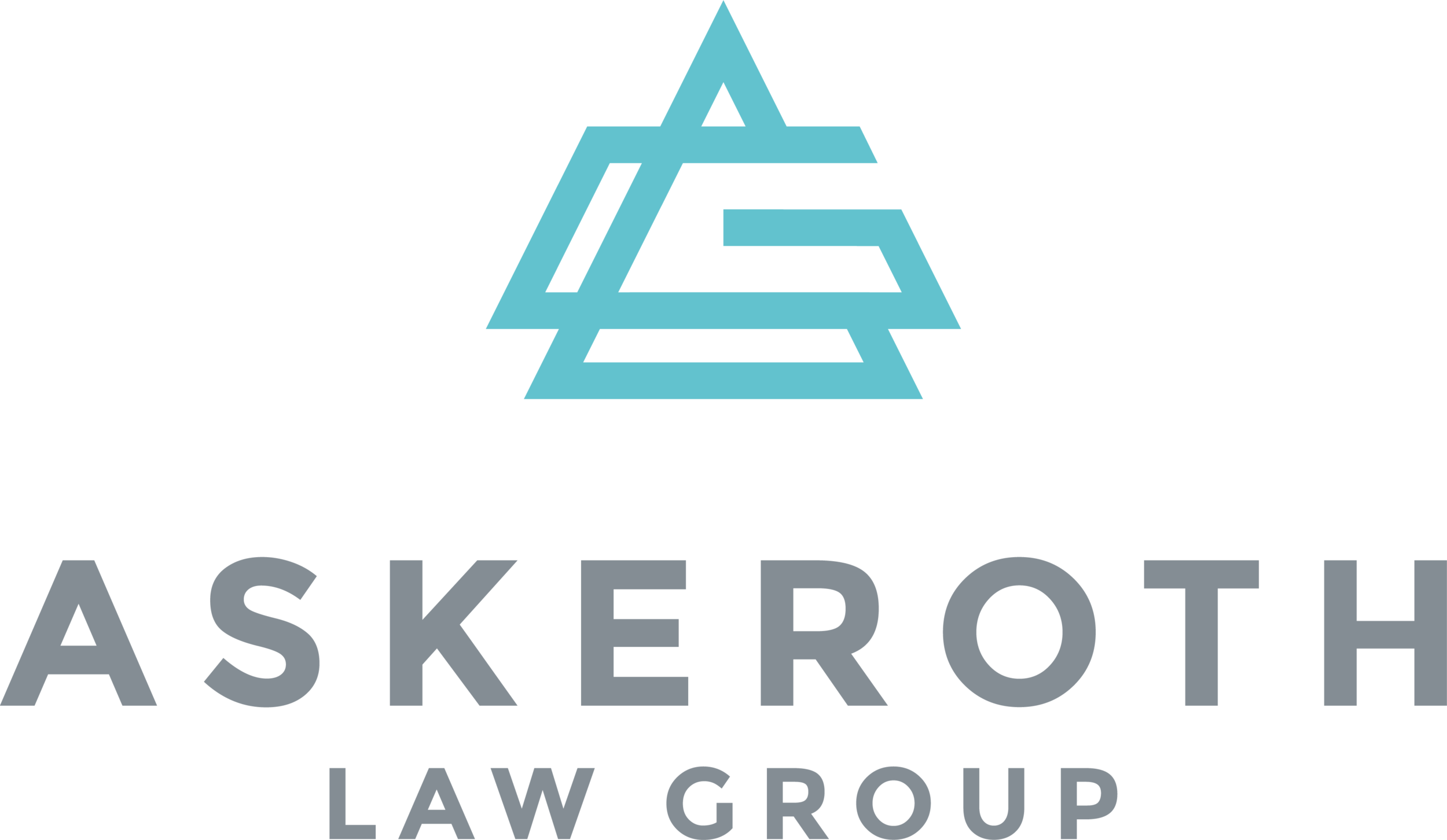AI in the Workplace: New Tech, New Injuries, Old Laws
Your employer installed robots to make the warehouse safer. Six months later, you're nursing a shoulder injury from constantly reaching over automated conveyor systems that weren't there before. The robots didn't eliminate danger—they just moved it.
As a workers compensation attorney who represents injured workers, I'm seeing a troubling pattern: automation is reshuffling workplace risks rather than removing them. Companies invest millions in AI and robotic systems, tout improved safety metrics, and then workers like you end up hurt in ways that didn't exist five years ago.
The automation safety myth
Employers sell automation as a safety upgrade. Amazon has 750,000 robotic systems across its facilities. Warehouse operators point to studies showing robots reduced injuries by 1.2 per 100 workers between 2005 and 2011. The pitch sounds compelling: let machines handle the dangerous work.
But recent research from George Mason University tells a different story. Warehouse automation hasn't made workers safer—it's just reshuffled the risk. While robots might eliminate some hazards, they create new ones.
New injury patterns from AI and automation
The injuries I see in my practice have changed. Workers used to get hurt lifting heavy boxes or operating forklifts. Now they're getting hurt in ways the workers compensation system wasn't designed to handle.
Repetitive stress from monitoring roles:
When robots take over physical tasks, humans become monitors. You stand in one position for hours, watching screens, responding to alerts, reaching awkwardly around automated systems. The injury develops slowly—neck strain, shoulder problems, back pain from static postures.
Human-robot interaction injuries:
Collaborative robots (cobots) work alongside humans. The promise is seamless cooperation. The reality is collision risks, pinch points where robot arms intersect with human workspaces, and injuries from sudden robot movements that humans can't predict.
Pace and productivity pressure:
Automated systems set the tempo. The algorithm determines how fast items move down the line. Workers struggle to keep up with machine-determined speeds that don't account for human limitations. Repetitive motion injuries spike. Fatigue accumulates.
New ergonomic hazards:
Automation changes how you move through space. Conveyor systems force awkward reaching. Robotic workstations create fixed positions that don't accommodate different body types. The workspace optimizes machine efficiency, not human safety.
The legal gap that leaves you vulnerable
Here's what keeps me up at night: our legal system hasn't caught up with these new risks.
Workers compensation laws were written for traditional workplace injuries. When a forklift hits you or a box falls on your head, liability is clear. But when an AI-powered system sets an inhuman pace that causes repetitive stress injury? When a robot's unpredictable movement causes you to twist wrong and herniate a disc?
Scholars are asking "who is responsible when AI causes workplace injuries?" Current workplace safety laws remain "stuck in the past." The legal framework assumes human supervisors and traditional equipment. It doesn't account for autonomous systems that make decisions without human input.
This legal ambiguity makes it harder for you to get the compensation you deserve. Employers argue the injury stems from your own actions, not the AI system. Insurance companies claim the automation should have made things safer. You're left in the middle, injured and fighting for benefits.
What you need to know to protect yourself
Despite these challenges, you have rights. Here's what injured workers need to understand in this new automated workplace:
Document everything differently:
Traditional injury reports focus on what happened in a specific moment. With automation-related injuries, document the conditions over time. Note the machine speeds, the monitoring requirements, the awkward positions the automated system forces you into. This pattern evidence matters.
Report injuries immediately, even gradual ones:
Repetitive stress from automated systems develops slowly. Don't wait until you can't move your shoulder to report the problem. Document discomfort early. Create a paper trail that shows the injury developed from workplace conditions.
Understand that "safety improvements" can create new hazards:
When your employer installs new automated systems and promises improved safety, pay attention to how your actual job changes. Are you now in a fixed position? Reaching farther? Moving faster? These changes create injury risks.
Know the legal landscape is evolving:
Courts are starting to grapple with AI-related workplace injuries. Each case sets precedent. Your injury claim might be breaking new legal ground. This makes experienced legal representation even more critical.
The data tells the story
The numbers reveal what's really happening in automated workplaces:
- 2.78 million workers die globally each year from workplace accidents
- Workplace injuries cost U.S. businesses $167 billion annually
- 51% of companies are investing in AI safety tools
- Yet more than half of workplace safety leaders admit their metrics have stalled or worsened
- Only 2% of companies have adopted advanced AI-driven safety tools
Companies are spending money on automation, claiming safety improvements, but injury rates remain stubbornly high. The investment goes to equipment, not to protecting workers from the new hazards that equipment creates.
What I tell my clients
When injured workers come to my office after automation-related injuries, I tell them this: your injury is real, even if it doesn't fit the traditional mold. The legal system is catching up, but it's moving slowly. You need representation that understands both workers compensation law and these emerging automation risks.
Don't let an employer tell you the automation should have kept you safe. Don't let an insurance company claim your injury must be your fault because robots are "safer." The evidence shows automation reshuffles risk—it doesn't eliminate it.
If you've been injured in a workplace that uses AI, robots, or automated systems, get help from an attorney who understands these cases. The legal landscape is complex, the injury patterns are new, but your right to compensation remains.
The workplace is changing faster than the law. You need someone who can bridge that gap.
